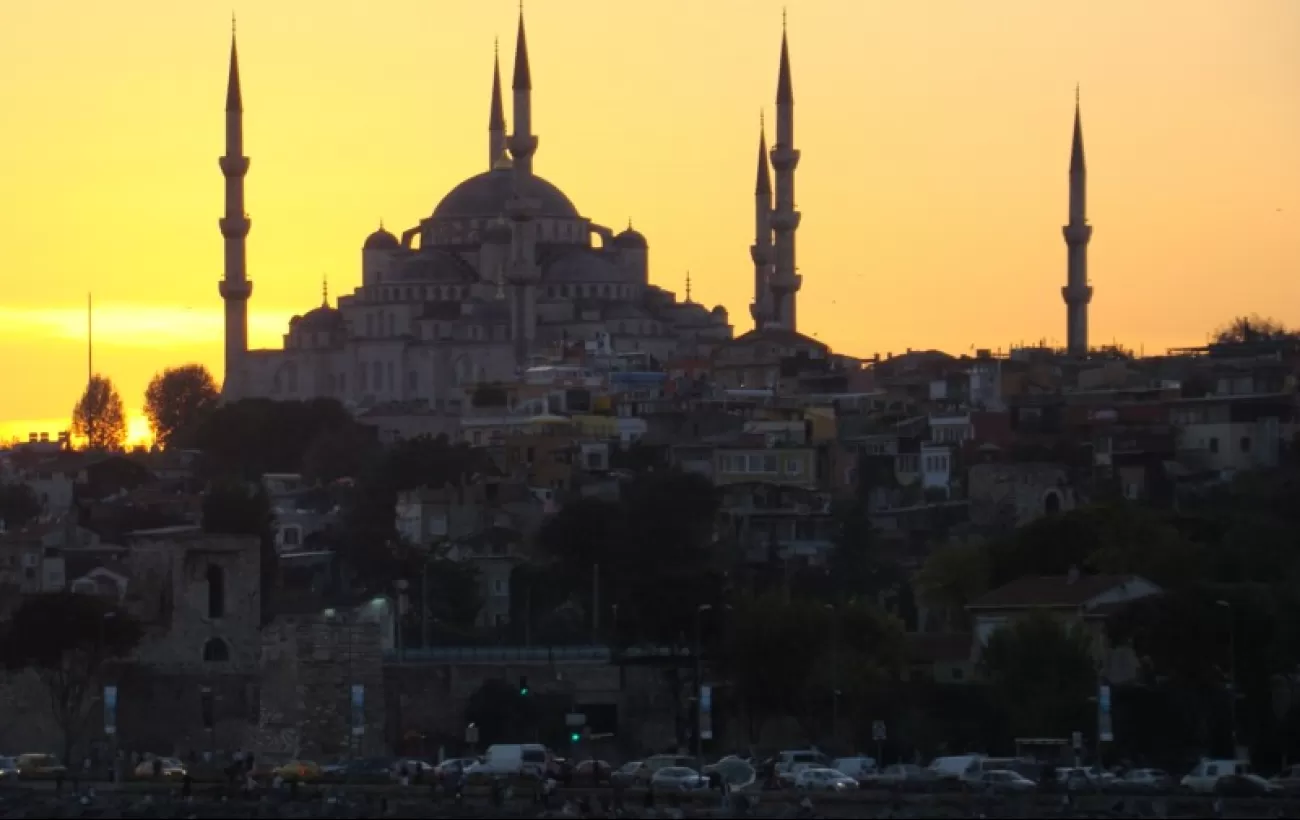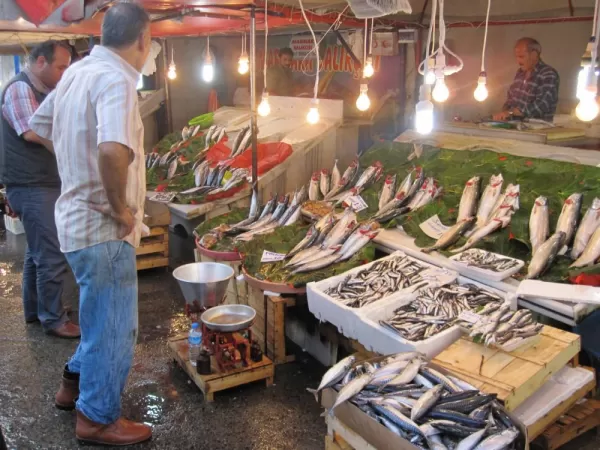- Ship
- 1 Breakfast, 1 Lunch, 1 Dinner
After disembarkation by tender, journey by coach on a 45-minute journey to the ancient Greek town of Taormina. Called Tauromenium in ancient times, Taormina clings to the side of Mount Tauro and offers superb views, splashed with the vibrant colors of bougainvillea and oleanders, of the Mediterranean Sea, Isola Bella, and a snow-capped Etna in the background. A maze of narrow streets, stairs, and tiny squares, Taormina has attracted many civilizations over the centuries. It is home to theaters and a gymnasium from the Greek period, an Odeon and baths from Roman times, buildings blending Arab and Norman cultures, traces of Byzantine, and villas belonging to European aristocracy in the 18th and 19th centuries.
Visit on foot to the historic center then cross the famous Corso Umberto to discover numerous monuments from several eras, and admire Porta Catania, the Cathedral, Piazza IX Aprile, and Palazzo Corvaja. Then arrive at Teatro Antico, a theater built by the Greeks in the 3rd century BC, and almost completely rebuilt by the Romans who created a gladiatorial arena. The theater is the second largest in Sicily after the one in Syracuse. Due to its size and acoustic quality, the theater is still used to host festivals and concerts. Seated on the stone terraces, the audience can enjoy the concert while admiring a breath-taking panoramic view of the sea, Mount Tauro, and Etna.





















_OK/140x140.webp)

/140x140.webp)










